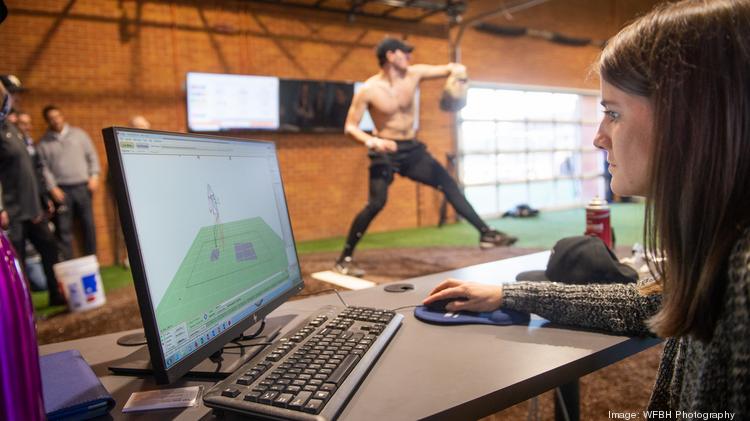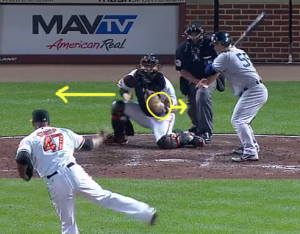As Major League Baseball (MLB) becomes more integrated with sports betting, an increasing number of spectators are venturing into the exhilarating world of MLB prop bets. By understanding/focusing on how pitchers make adjustments between starts, bettors can gain an edge, capitalizing on these fascinating microcosms of the game.
When analyzing MLB prop bets, it is essential to understand that pitching is not a static process; it’s an evolving craft, and pitchers often have to tweak their strategies between starts. Moving averages and statistics aren’t the end all be all. A pitcher’s ability to adapt, or lack thereof, can significantly influence the outcome of your MLB prop bets.
Recognizing the Importance of Adjustments
Typically, a starting pitcher in MLB will have four or five days of rest between appearances, which provides ample time to make adjustments. These changes are driven by several factors, including the performance in their last start, the strength and characteristics of their upcoming opponent, and their current physical condition.
Pitchers and their coaches analyze the previous performance, breaking down each pitch’s mechanics and effectiveness. They look for opportunities to improve and modify their strategy. For instance, if a pitcher was hit hard in his last outing, he might work on refining his delivery or adjusting the mix of pitches he uses.

Analyzing the Opponent
The upcoming opponent’s strengths and weaknesses play a crucial role in shaping the pitcher’s game plan. By studying batting averages, hot and cold streaks, and batters’ performance against specific types of pitches, a pitcher can tailor his approach for maximum effectiveness.
For instance, if the pitcher is set to face a lineup that struggles against breaking balls, you might expect him to lean heavily on his curveball or slider. This would influence MLB prop bets related to the number of strikeouts or the pitcher’s ERA. Alternatively, if the upcoming lineup excels at hitting off-speed pitches, a pitcher might lean more on his fastball, potentially impacting the number of hits or runs allowed.
Physical Condition and Mental Preparedness
A pitcher’s physical condition can also influence the changes made between starts. If he is nursing a minor injury or experiencing fatigue, he might alter his approach to compensate, potentially leading to less effective performances.
Additionally, mental preparedness plays a critical role in a pitcher’s performance. Confidence or lack thereof, derived from previous outings, could significantly affect his upcoming game. If a pitcher has had a series of poor starts, he may be more likely to underperform, while a string of good outings can lead to a hot streak.
Predictive Analysis in MLB Prop Bets
Bettors who accurately anticipate how these factors will influence a pitcher’s performance can find excellent value in MLB prop bets. For example, understanding the adjustments a pitcher is likely to make can help predict the number of strikeouts he will throw, his earned run average (ERA), or how many walks he might give up.
Detailed analysis of these factors can unlock a treasure trove of betting opportunities. However, as with all forms of gambling, there’s no sure thing. It’s crucial to use this information as part of a balanced betting strategy, taking into account other factors such as team form, weather conditions, and historical data.
In conclusion, understanding the adjustments pitchers make between starts can provide valuable insights that can significantly improve your MLB prop bets. It offers a fresh perspective on the game, showcasing the strategic elements that are often overlooked in favor of more straightforward betting lines. As you delve into the world of MLB prop bets, remember to do your homework and approach each wager with a healthy balance of knowledge, insight, and an appreciation for the unpredictable nature of




